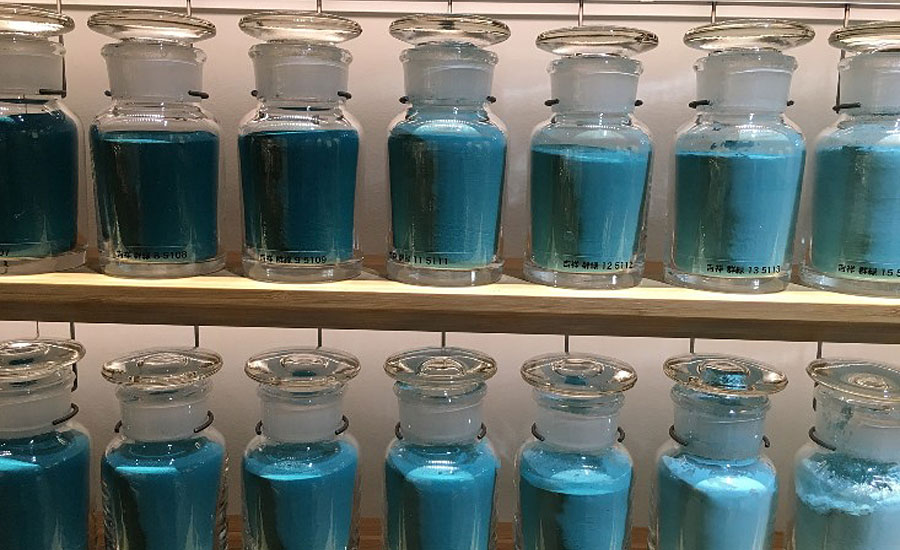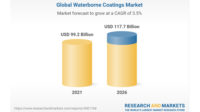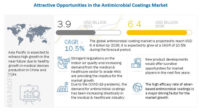Report Predicts Market for Organic Pigments to Reach $6.7 Billion by 2026

CHICAGO — According to a new market research report published by MarketsandMarkets™, the organic pigments market is projected to grow from $5.5 billion in 2021 to $6.7 billion by 2026. The printing inks segment accounted for a 36.4% share in terms of value in the organic pigments market in 2021 and is projected to reach $2.4 billion by 2026, growing at a compound annual growth rate (CAGR) of 3.9%. The paint and coating sector is projected to witness the highest CAGR of 4.5%, growing from $1.7 billion in 2021 to $2.4 billion by 2026.
Synthetic-based organic pigments account for a major share of the organic pigments market in terms of value, with a share of 93.6% in 2020. The high growth and market share of synthetic organic pigments are attributed to key advantages these pigments provide over other natural organic pigments. Synthetic pigments are manufactured using petroleum compounds, acids, and other chemicals, usually under high heat or pressure for manufacturing. They are generally synthesized using ring-based aromatic compounds. These chemicals can produce an extremely large number of variations in the molecular structure. They provide the added advantage of higher durability, high lightfastness and better gloss.
Azo pigments accounted for nearly 42.6% of all organic pigments by value in 2020, according to the study. Azo pigments are among the organic compounds with a functional azo group (-N=N-). They are further classified based on their chemistry into monoazo and diazo pigments. These pigments are derived from water-soluble dyes and are the largest and most diverse group of synthetic organic pigments. Azo pigments are available in the shades of yellow, orange, red and brown. Due to their stable nature, these pigments are widely used in the printing inks and coatings industries.
In terms of application, printing inks accounted for the largest share by value of the organic pigments market. This is because of increasing demand from the packaging industry, especially food packaging. Increasing regulations and restrictions on the use of inorganic pigments has helped to increase the acceptance of organic pigments in the market. Printing inks based on organic pigments are also gaining wide acceptance in marketing publications such as brochures, magazines and other printed material due to the high vividness and sharpness of colors these pigments offer.
Analyzing the market by region, the study reports that Asia-Pacific is the most lucrative organic pigments market. A growing population, rising urbanization and increasing purchasing power are the key factors for the growth of the packaging, construction, electronics and automotive industries in the region. Additionally, growing demand for organic pigments and regulations encouraging the use of environment-friendly products have led to market growth. Organic pigment manufacturers are targeting this region, as it is the strongest regional market for industries such as textiles, plastics and construction. According to the study, manufacturers are also shifting their production base to Asia-Pacific because of the low cost of production and ability to serve the local emerging markets.
For more information about the report, Organic Pigments Market by Source (Synthetic and Natural), Type (Azo, Phthalocyanine, HPPs), Application (Printing inks, Paints & Coatings, Plastics), and Region (North America, Europe, APAC, MEA, and South America) - Global Forecast to 2026, visit https://www.marketsandmarkets.com/Market-Reports/organic-pigments-market-1076.html.
Looking for a reprint of this article?
From high-res PDFs to custom plaques, order your copy today!








